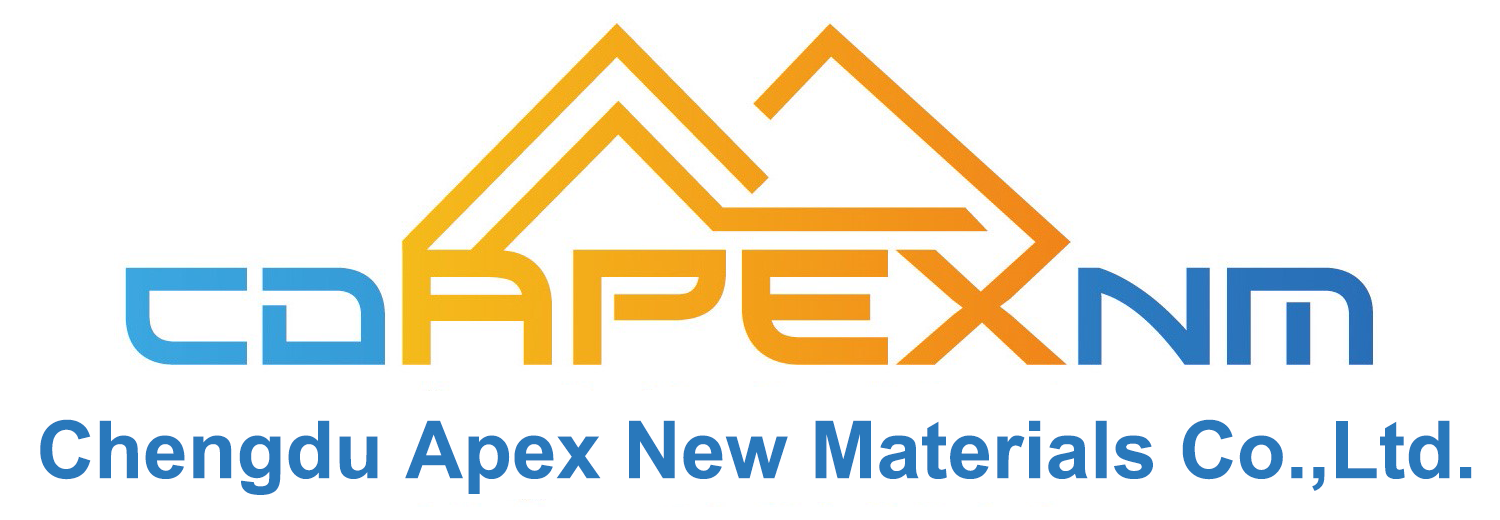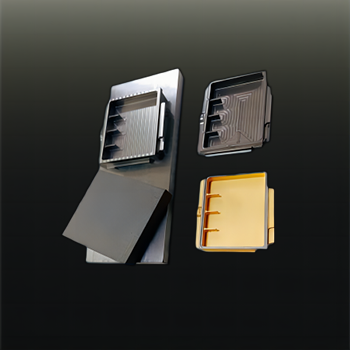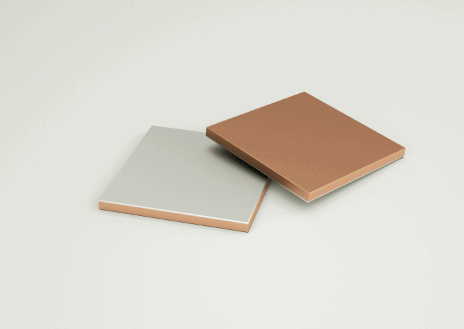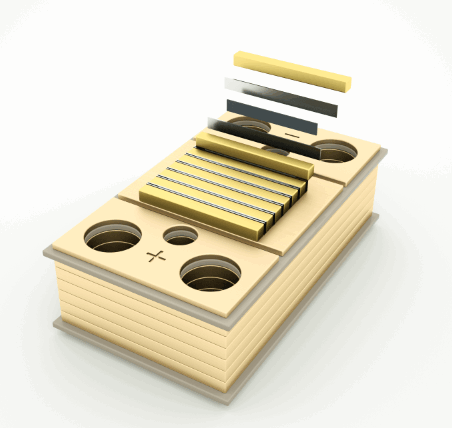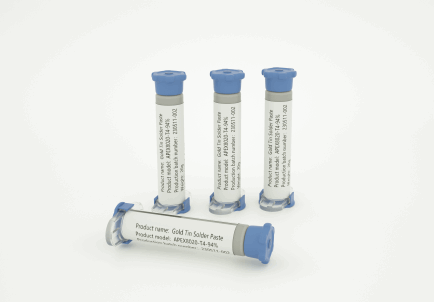The Ultimate Guide to Soldering Materials: Solder Paste, Dispensers, Flux, and Wick in Modern Electronics Manufacturing
The Ultimate Guide to Soldering Materials: Solder Paste, Dispensers, Flux, and Wick in Modern Electronics Manufacturing
In today's fast-paced electronics industry, precision and efficiency are paramount in ensuring the quality and reliability of electronic devices. Soldering plays a key role in this, with solder paste dispensers, solder paste, flux, and solder wick being integral to the assembly and repair of components. In this guide, we will delve into the importance of these materials, compare solder paste vs flux, and discuss how to use soldering paste effectively. Furthermore, we'll explore how these tools are revolutionizing electronics manufacturing and how companies like Apex New Materials are leading the charge in providing high-quality solutions.
1. Understanding Solder Paste and Dispensers in Electronics Manufacturing
Solder paste is a critical material used in the assembly of electronic circuits. It consists of a mixture of solder alloy and flux, allowing components to be securely attached to the PCB (Printed Circuit Board). The application of solder paste is achieved through a solder paste dispenser, which applies the paste with precision to each contact point.
Modern solder paste dispensers are equipped with advanced features that improve efficiency, accuracy, and consistency. With the global demand for electronics expected to grow at a compound annual growth rate (CAGR) of 6% from 2023 to 2030, manufacturers must invest in automation to keep pace. The Asia-Pacific region is expected to account for more than half of this market growth, emphasizing the importance of high-quality soldering solutions for global manufacturers.
2. Solder Paste vs Flux: Key Differences and Applications
While solder paste and flux are often discussed together, they serve distinct functions in the soldering process. Solder paste combines solder powder (often a lead-free or tin-lead alloy) and flux in a convenient form for application. It not only facilitates the bonding process but also protects the PCB from oxidation during the heating process.
In contrast, flux is a chemical compound that is applied separately to the PCB or component before soldering to ensure better wetting and removal of oxide layers. Flux plays a vital role in preventing solder joints from being weak or unreliable. However, solder paste is the preferred option for surface-mount technology (SMT) due to its ability to combine both the solder material and flux in one product.
Solder Paste vs Flux: Key Takeaways
- Solder Paste: Contains both solder material and flux; essential for SMT assembly.
- Flux: Applied separately to ensure a clean and efficient soldering process.
3. How to Use Soldering Paste for Optimal Results
The effective use of soldering paste is crucial in ensuring reliable and long-lasting solder joints. Here’s a step-by-step guide for proper application:
- Surface Preparation: Clean the PCB thoroughly to remove dirt or grease.
- Application of Solder Paste: Use a solder paste dispenser to apply the right amount of paste to the PCB.
- Component Placement: Position the electronic components on the PCB, ensuring they align with the paste deposits.
- Reflow Soldering: Place the board in a reflow oven where heat melts the solder paste, creating permanent electrical connections.
Solder paste must be selected based on specific application needs. For instance, lead-free solder paste is increasingly used due to stricter environmental regulations globally, especially in Europe and North America.
4. Solder Wick: Essential for Desoldering and Rework
Solder wick, also known as desoldering braid, is a critical tool for removing excess solder or correcting soldering errors. It’s a highly effective tool used during rework and repair to remove solder from a PCB. The wick absorbs molten solder when heat is applied, making it easier to fix any unwanted solder joints.
As the global desoldering tools market continues to expand, expected to grow at a CAGR of 5.5%, the demand for high-quality solder wick is on the rise. Technicians and engineers rely on this tool for its simplicity and precision, especially in repair and modification projects.
5. Why Choose Apex New Materials for Soldering Solutions?
As the demand for more advanced and reliable electronics grows, so does the need for high-quality soldering materials. Apex New Materials stands out in the market for providing top-tier soldering solutions, including solder paste, solder paste dispensers, and solder wick. Their products are designed to meet the highest industry standards and improve the efficiency and precision of your soldering operations.
To explore their full range of products, visit the Apex New Materials Product Showcase or learn more about the company at Apex New Materials.
With Apex New Materials, you can be sure that your soldering processes will meet the demands of modern electronics manufacturing, ensuring high-quality products and satisfied customers.
